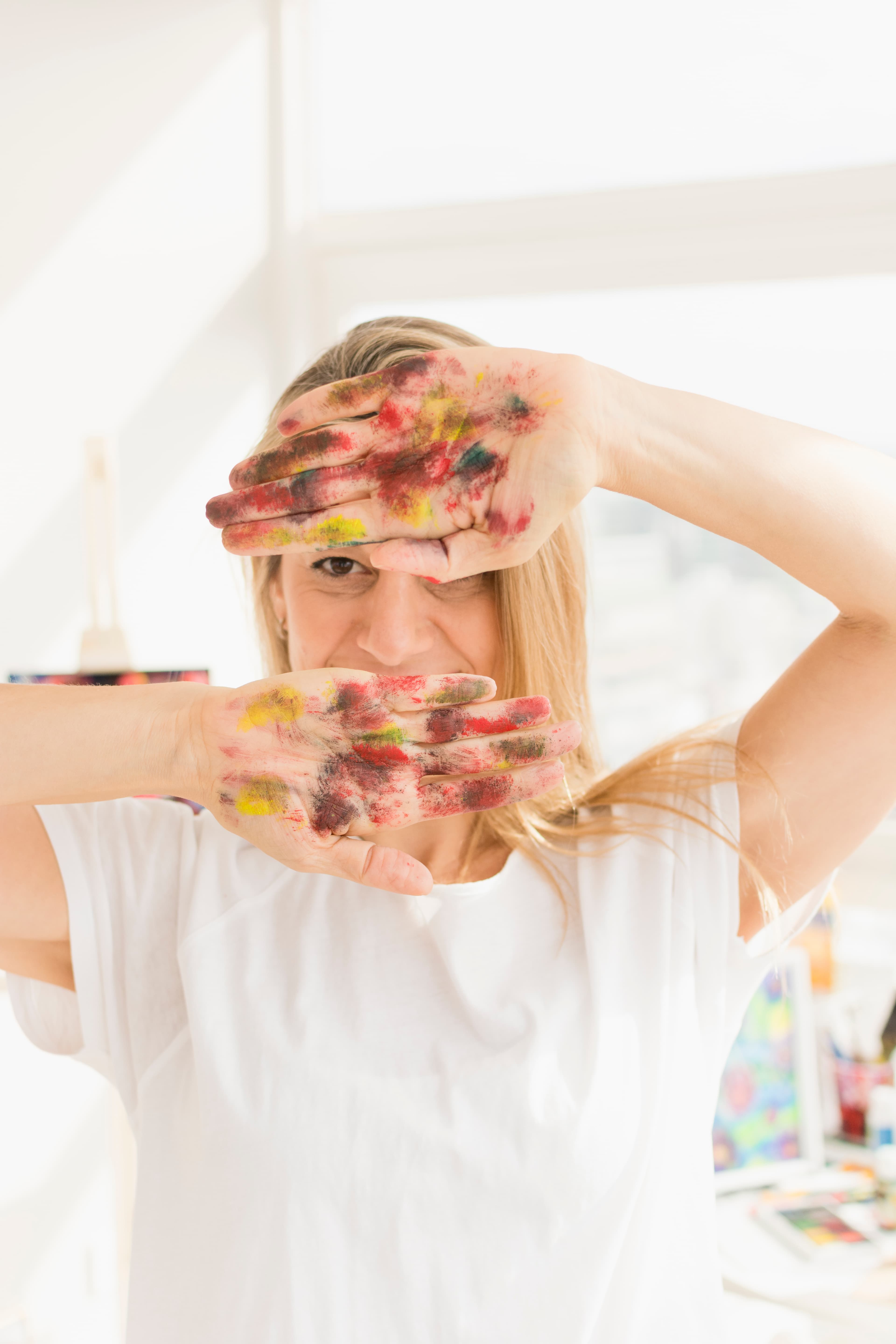
Art therapy is gaining attention worldwide as a powerful way to support mental health and emotional well-being. But what exactly is it—and why does putting brush to paper help so many people heal?
There’s something profoundly honest about a blank page.
It doesn’t demand answers. It doesn’t judge.
It simply waits.
In art therapy, that page becomes a mirror—
not of the face you show the world,
but the parts beneath the armour, the roles, the performance.
We spend so much of life explaining ourselves—
shrinking, editing, softening what we feel.
But when we create, the truth spills out—
raw, surprising, unfiltered.
Art therapy isn’t about making something beautiful.
It’s about being real.
It welcomes the anxious parts, the grieving parts,
the playful and outrageous parts too.
It says: You don’t have to explain. Just show me.
And the art does.
Art therapy bridges science and soul—
rooted in psychology, shaped by neuroscience,
but powered by something ancient: the instinct to create.
The same instinct that painted stories in cave walls
when language didn’t yet exist.
The same instinct that makes a child reach for crayons
long before they find the words.
This isn’t just therapy.
It’s a homecoming—
to your truth, your story,
and the voice inside you that never stopped trying to speak.
Who Is Art Therapy For?
Art therapy is for anyone who’s ever felt too much—or not enough. It’s for the overthinkers who can’t find the words, the feelers who’ve been told they’re “too sensitive,” the ones carrying stories they’ve never spoken aloud. It’s for those healing from trauma, navigating anxiety or depression, grieving a loss, rebuilding after burnout, or simply feeling disconnected from themselves. You don’t need to be an artist. You just need to be human. Whether you’re a child drawing out confusion, a teen untangling identity, or an adult craving space to exhale—art therapy offers a gentle, creative path toward insight, self-compassion, and emotional release. If talking hasn’t been enough, maybe it’s time to try making.
Art therapy offers you space to:
Express emotions that feel too big or too quiet
Make sense of trauma without re-living it in words
Discover the parts of yourself you’ve ignored or hidden
Explore new ways of coping, growing, and connecting
And most importantly—feel seen, safely and without judgment
What to Expect in an Art Therapy Session
Every session begins with one simple truth: you don’t have to have the right words to begin.
During the session, the therapist will gently guide you through an art therapy directive—an invitation to create something that expresses what’s alive inside you. This might be a drawing, collage, painting, or a more abstract exploration using colour, texture, or shape. No artistic skill is needed—just a willingness to explore.
After you’ve created, time is taken to reflect.
The therapist will offer thoughtful, open-ended questions designed to help you connect with the deeper layers of your image. You may notice emotions, memories, or patterns that surface unexpectedly. Together, you’ll explore what’s emerging—not to analyze or critique, but to understand and honour what’s being revealed.
Art becomes the doorway, reflection opens it, and the conversation helps you walk through it—with more clarity, compassion, and connection to yourself.
Each session is paced with care and tailored to where you are. Whether you’re processing something painful or reconnecting with a forgotten part of yourself, there is room for all of it here.
If you are interested in art therapy contact Chrissy Griffiths christine.griffiths@live.ca to book a free 20 minute introductory call.
About Stellocare
This insight comes from Stellocare, Canada’s trusted network of verified mental health professionals. Connect with our therapists today by asking our AI, browsing our list, or requesting a personal match from our social worker.


























